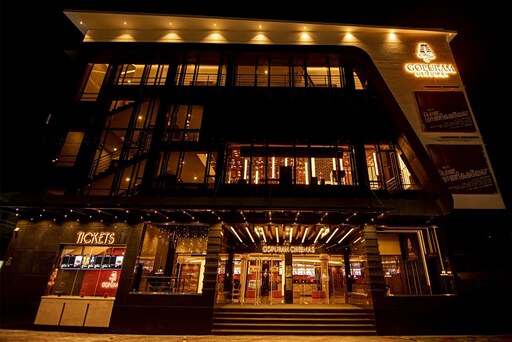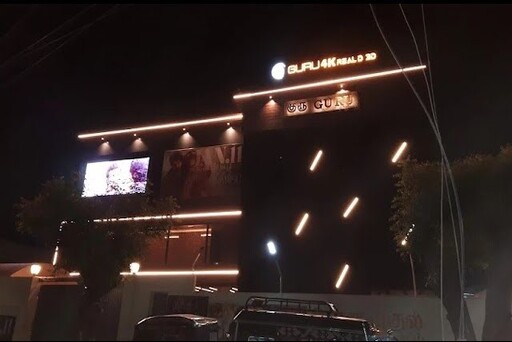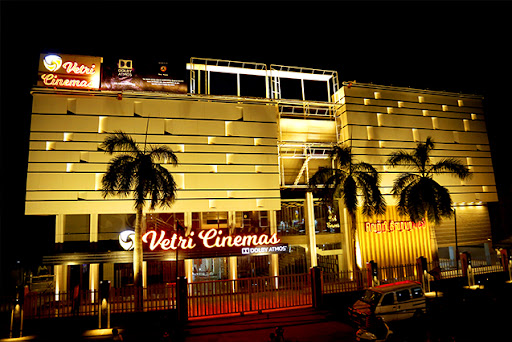templecity.in@gmail.com
+91 98940 65865


Welcome To Templecity.in
Templecity.in is The Best Local Directory that Provides you with Information Coming from Across Madurai.
Madurai has a rich historical background in the sense that Lord Shiva himself performed sixty-four wonders called “Thiruvilaiyadals”.As early as the 3rd century BC, Megasthanes visited Madurai. Later many people from Rome and Greece visited Madurai and established trade with the Pandya kings. Madurai flourished till 10th century AD when it was captured by Cholas the arch rivals of the Pandyas.Now after India’s independence, Madurai is one of the major districts of Tamilnadu State. In 1984, the Vast Madurai district was bifurcated into two districts namely Madurai and Dindugul Districts. Subsequently in 1997, Madurai district was bifurcated into two districts namely Madurai and Theni Districts. In Madurai District, there are 10 State Assembly constituencies and two parliament constituencies.Madurai is surrounded by several mountains. The Madurai city has 3 hills as its city boundary. Yanaimalai, Nagamalai, Pasumalai named after Elephant, Snake and Cow respectively. It is famous for Jasmine Flowers. Jasmine flowers are transported to other cities of India from Madurai.
Read More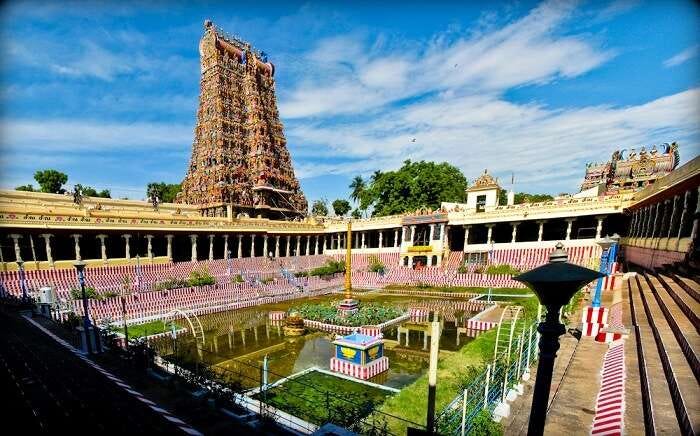
Sri Meenakshi - Sundareswarar Temple
Madurai is the Meenakshi Sundareswarar twin Temple, the pivot around which the city has evolved. The Meenakshi Temple complex is literally a city – one of the largest of its kind in India and undoubtedly one of the oldest too. The temple grew with the contribution of each dynasty and victorious monarchs, into an enormous complex extending over an area of 65000 Sq m. The temple first came in to being 2000 years ago and was substantially expanded during the regime of Thirumalai Nayak(1623-55 AD).Lord Siva in his incarnation as Sundareswarar and his fish-eyed spouse, Meenakshi, are enshrined in this twin temple. There are five massive gateways enclosing these two shrines. Even a casual visitor is fascinated by the many paintings and sculptures.A striking feature of the temple is the astonishing structure know as “Ayiramkaal Mandapam” or the Hall of Thousand Pillars and each pillar features high, ornate, bold sculptures that look life like. View from any angle these pillars appear to be in a straight line, an architectural masterpiece indeed In the outermost corridors are situated the matchless musical pillars carved out of stones. When it is tapped, each pillar produces different musical note.
Read More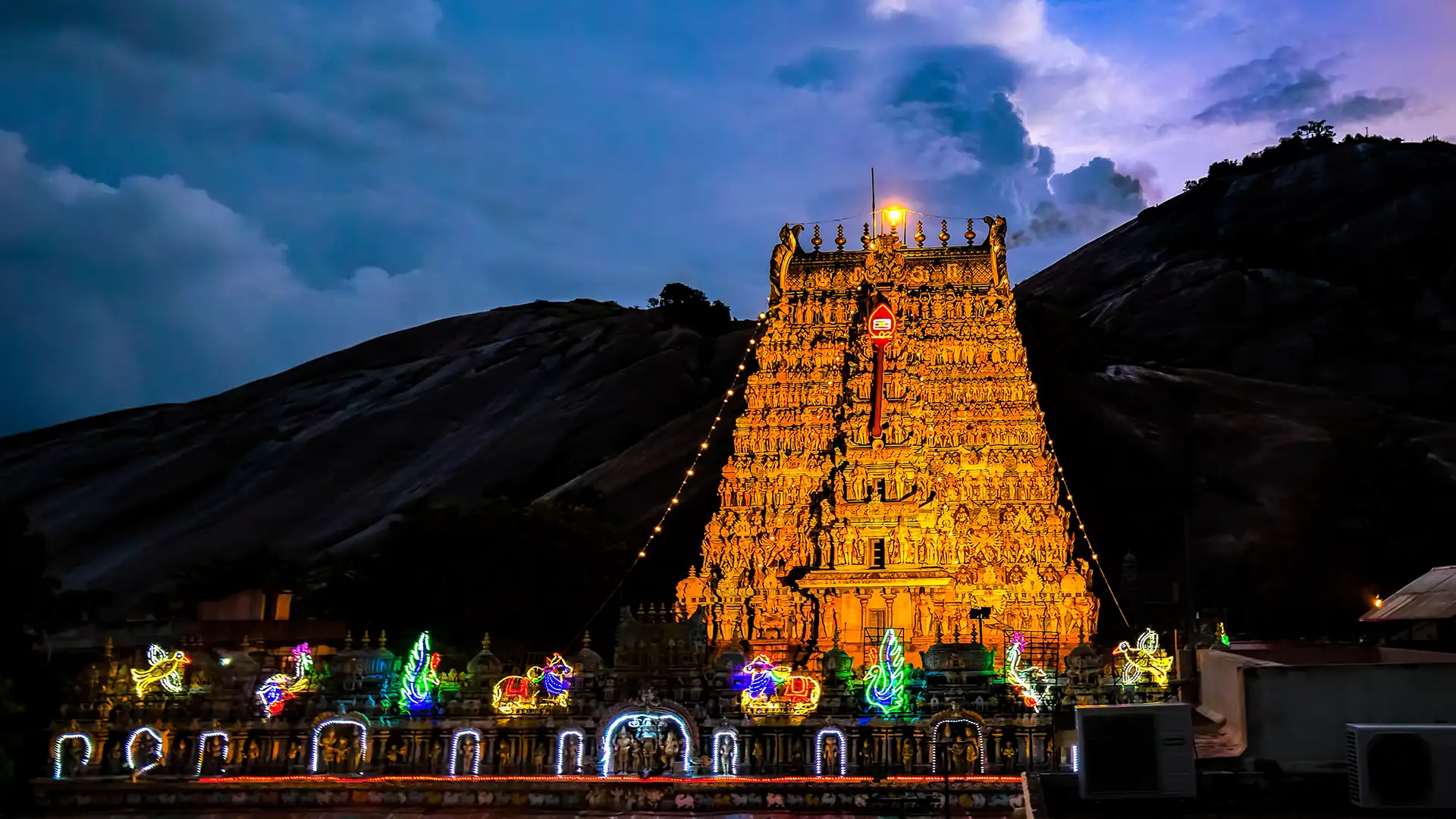
Thiruparakundram Murugan Temple
Built in the 8th century during the reign of Pandyas, the temple has a very rare feature. The idols of Lord Shiva and Lord Vishnu face each other in this temple. It is considered as a unique feature in Hindu temples. With intricate stone carvings, the temple is a fascinating structure which leaves a lasting impression on the visitors. It is one among the six temples of Lord Muruga. Legend has it that Lord Muruga married Goddess Devasena here and the temple is believed to be one of the most auspicious places for marriage. It also stands as a symbol of religious harmony. A Muslim shrine Sekunder is also located here. The temple is cut out of rock and houses the sanctums of Lord Shiva, Lord Vishnu, Lord Vinayaka, Lord Subramanya and Goddess Durga. The carvings reflect immaculate craftsmanship. There is also the stupendous statue of Nandi (the vehicle of Lord Shiva) , Mayil (the vehicle of Lord Subramanya) and Mouse (the vehicle of Lord Vinayaka). Carvings of Mahishasura Mardini, Karpaga Vinayagar, Andarabaranar and Uggirar can also be found on the rocks. Artistically made mandapams add to the attraction of this temple. With exquisite pillars, these mandapams mesmerise the visitors.
Read MoreAlagarkovil Kallagar Temple
In Alagar kovil the Kallagar temple mandapa (hall) built by stone is found on the South West side of the southern outer compound wall. It is called Vasantha Mandapa erected in the 17th century. This east faced Mandapa has a central Mandapa surrounded by a moat built of stone. During summer the moat is filled with water and floating lotuses. It is again surrounded by a circumambulatory passage. A festival called Vasanthotchavam is celebrated in this Mandapa every year for ten days during the Tamil month Vaikasi ( May-June). On the walls and on the ceiling of this Mandapa there are paintings of high quality drawn with herbal colours depicting the scenes from the Ramayana story. The Ramayana panels are found on the ceilings of the middle mandapa in addition to east, south, west and north walls and the ceiling of North east corner. This 17th century paintings is witnessed and enjoyed by the people. Unfortunately a portion of the murals are damaged due to weathering and the damaged portions are white washed. The paintings provide source for writing the social and cultural history of the contemporary people.These temples have been established during the closing decades of the Sangam period itself. The Vishnu temple, popularly known as Alagarkoil, is located at the foot of the hill. It has six corridors surrounded by fort walls. It is described in the Tamil epic Silappathikaram and in the hymns of the Vaishnava Alvars.
Read More
Our Property Sites
Our Hospital Sites
Top Hotels In Madurai
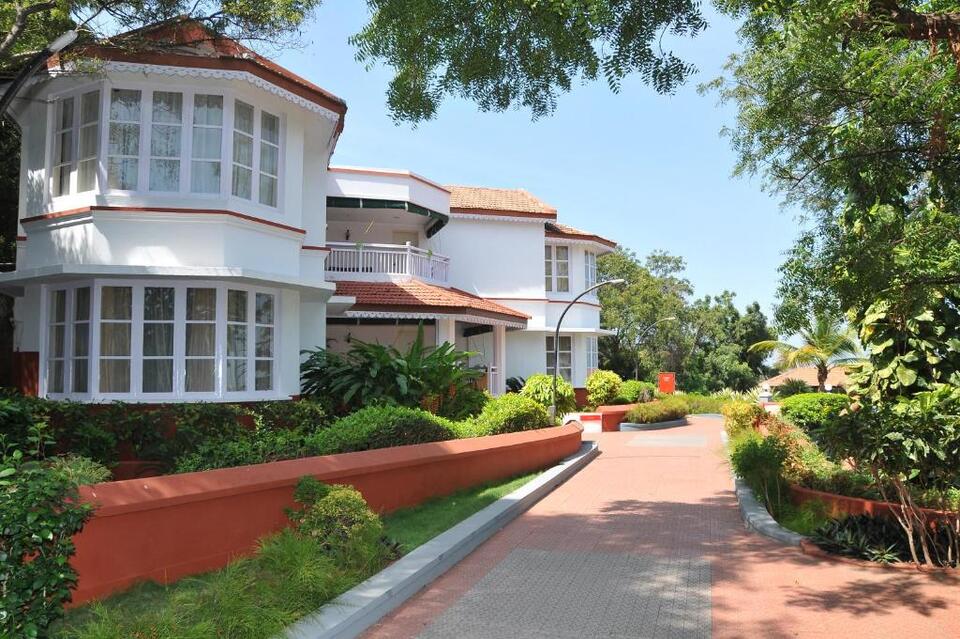
Hotel Taj
TPK Road Pasumalai Hill

Hotel Lotus
West Perumal Maistry Street
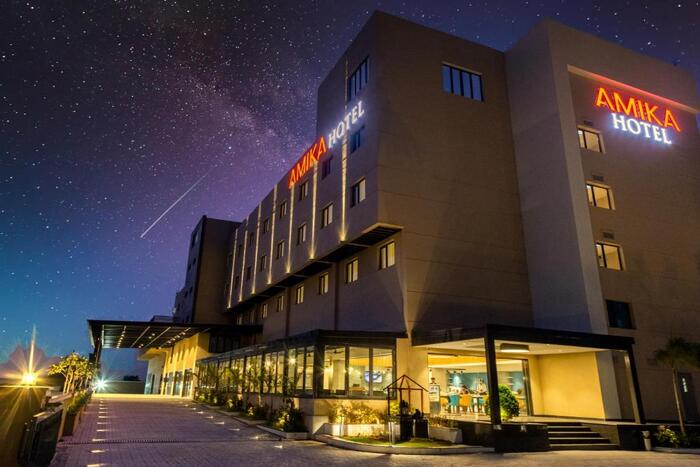
Amika Hotel
Madurai IXM Airport
Tourist Place In Madurai
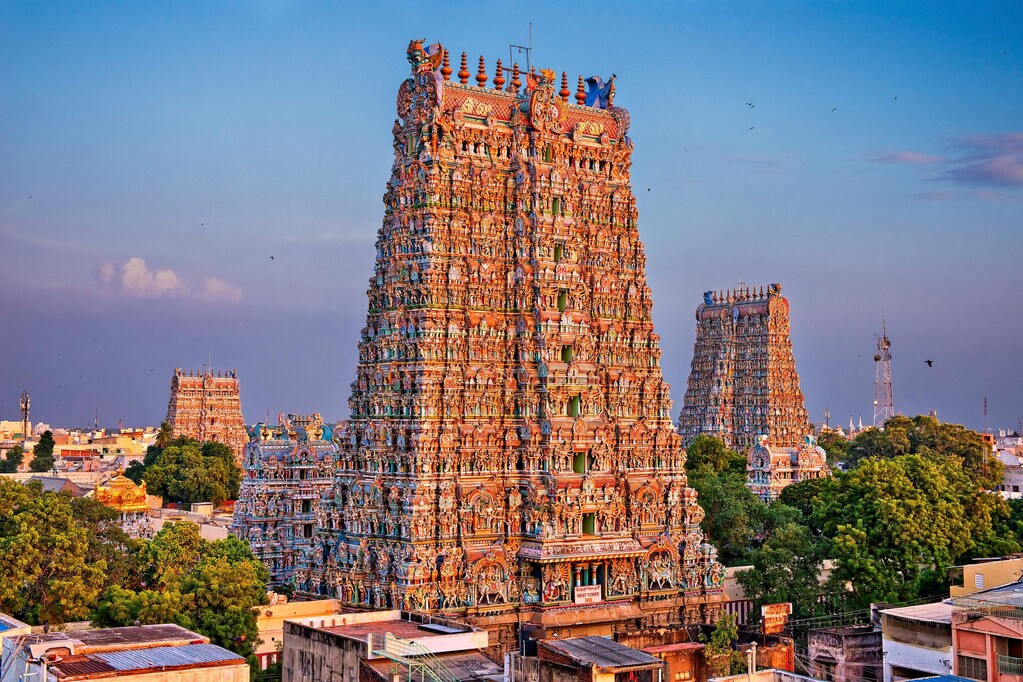
Meenakshi Amman Temple
Madurai
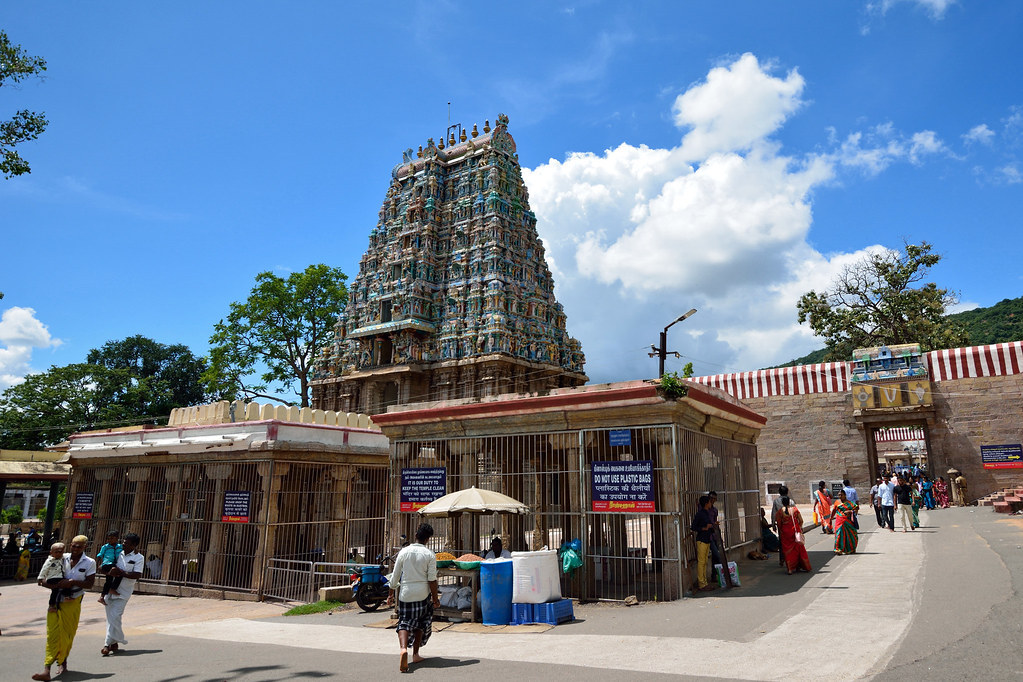
Alager Temple
Madurai
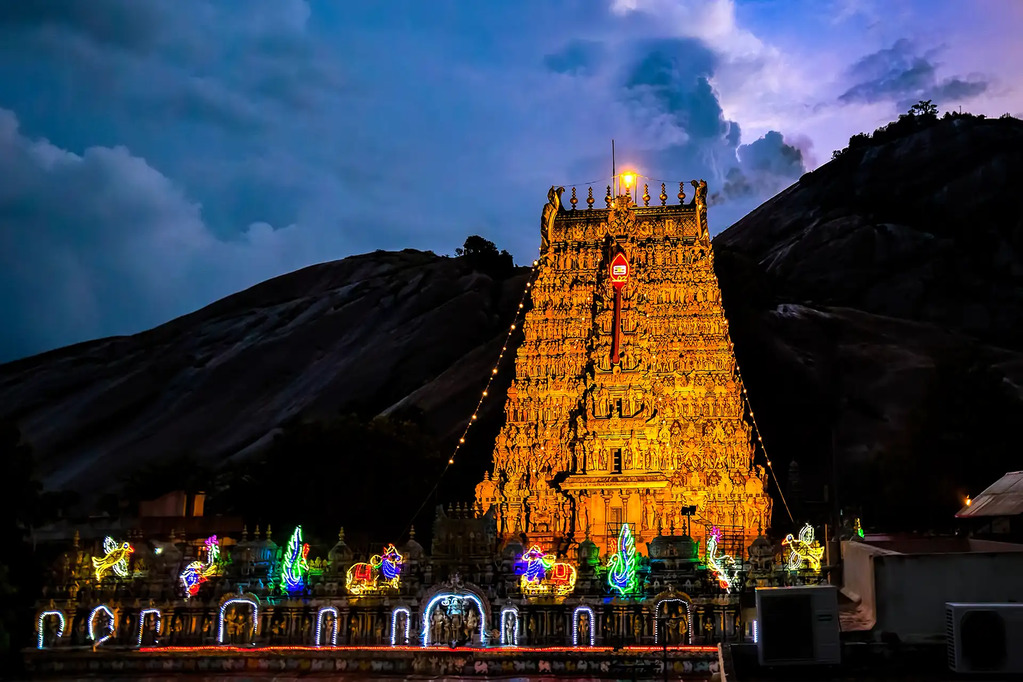
Murugan Temple
Thiruparakundram
Famous in Madurai
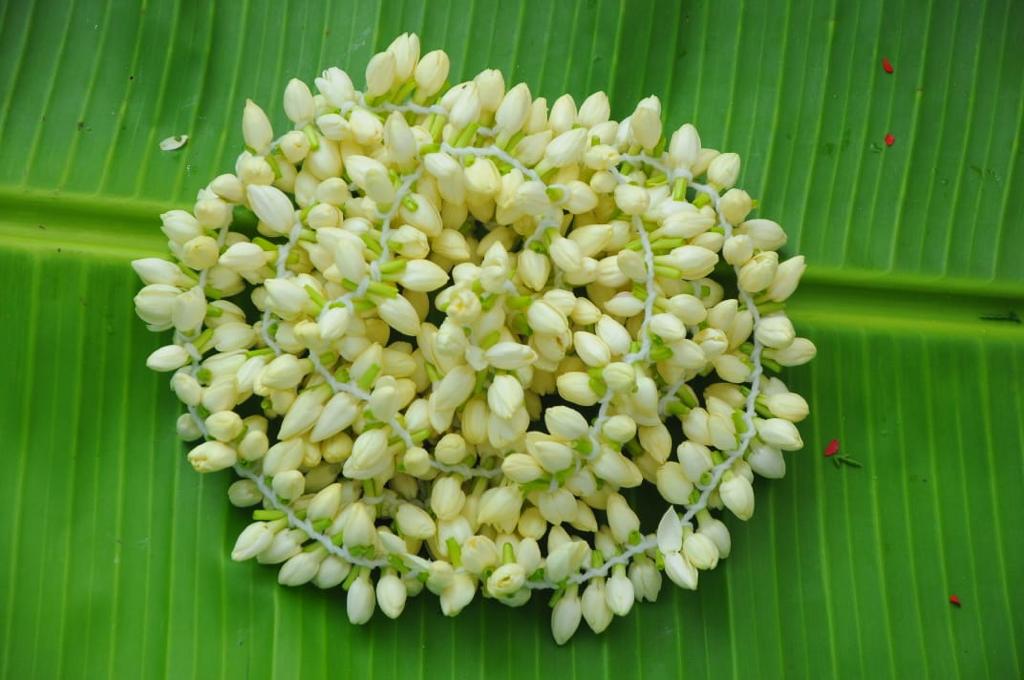
Madurai Jasmine
Madurai
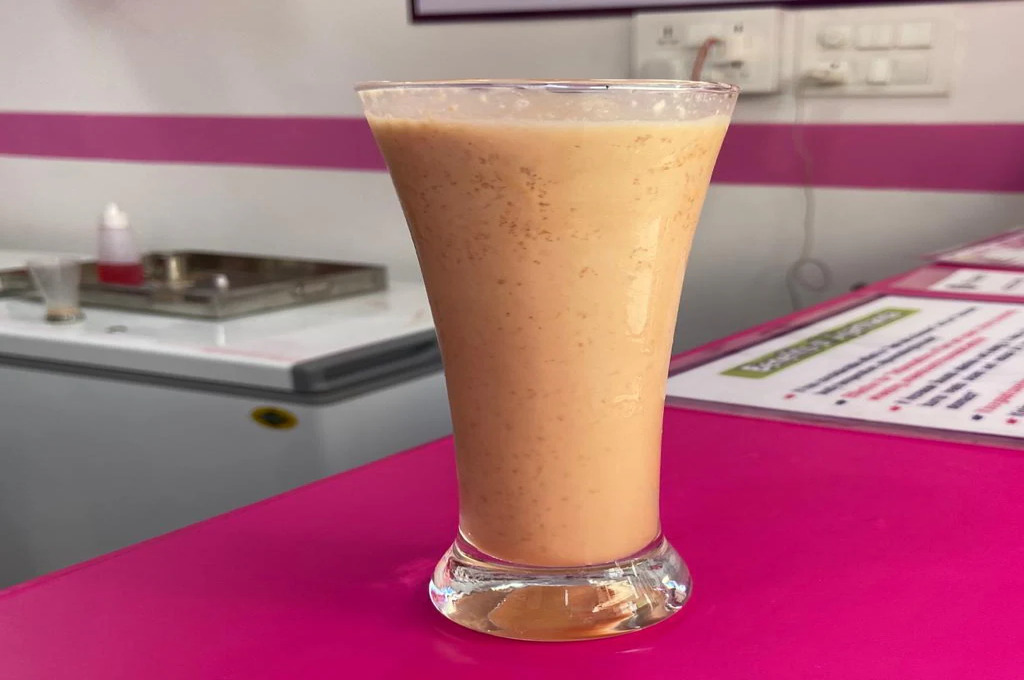
Jigarthanda
Madurai

Murugan Temple
Thiruparakundram
Hospitals
Colleges
Auto Mobiles
Medical Shop
Electrical
Quick Links
Get In Touch
SARAVANA INFOTECH 101, TPK Road,
AndalPuram,Madurai-625003,
Tamilnadu, India.























